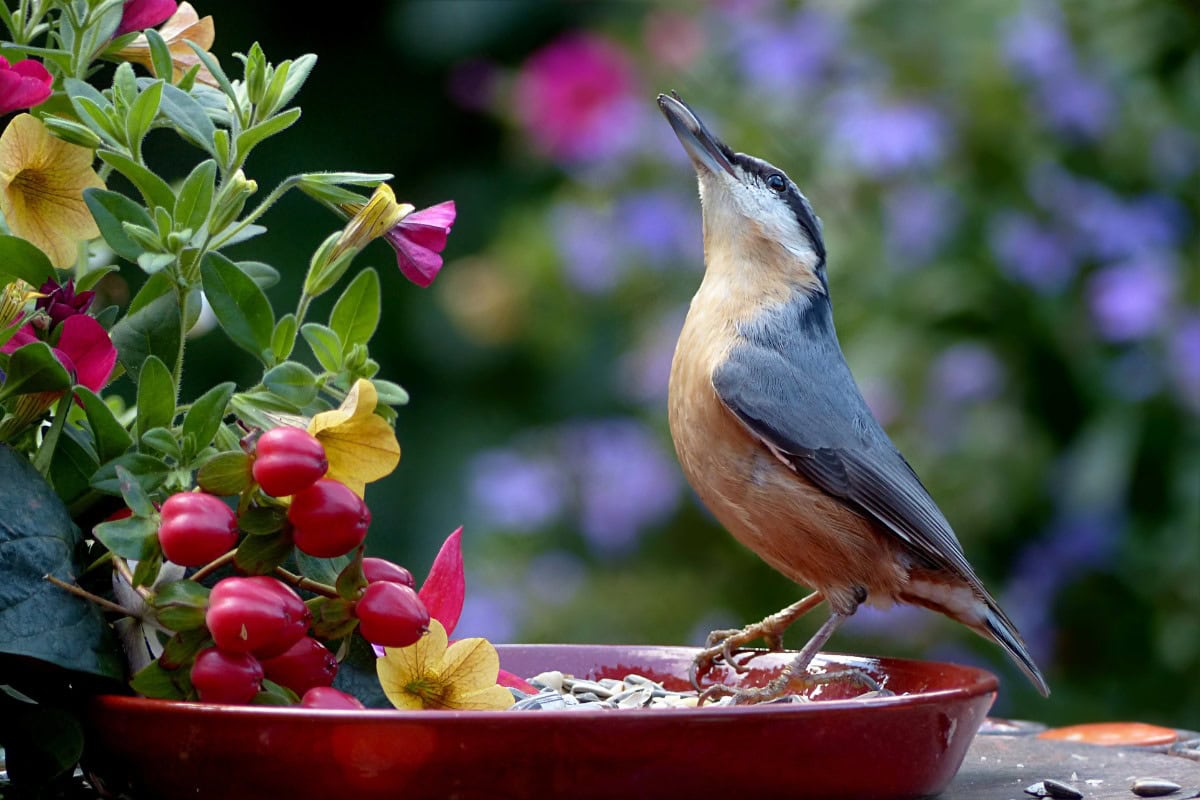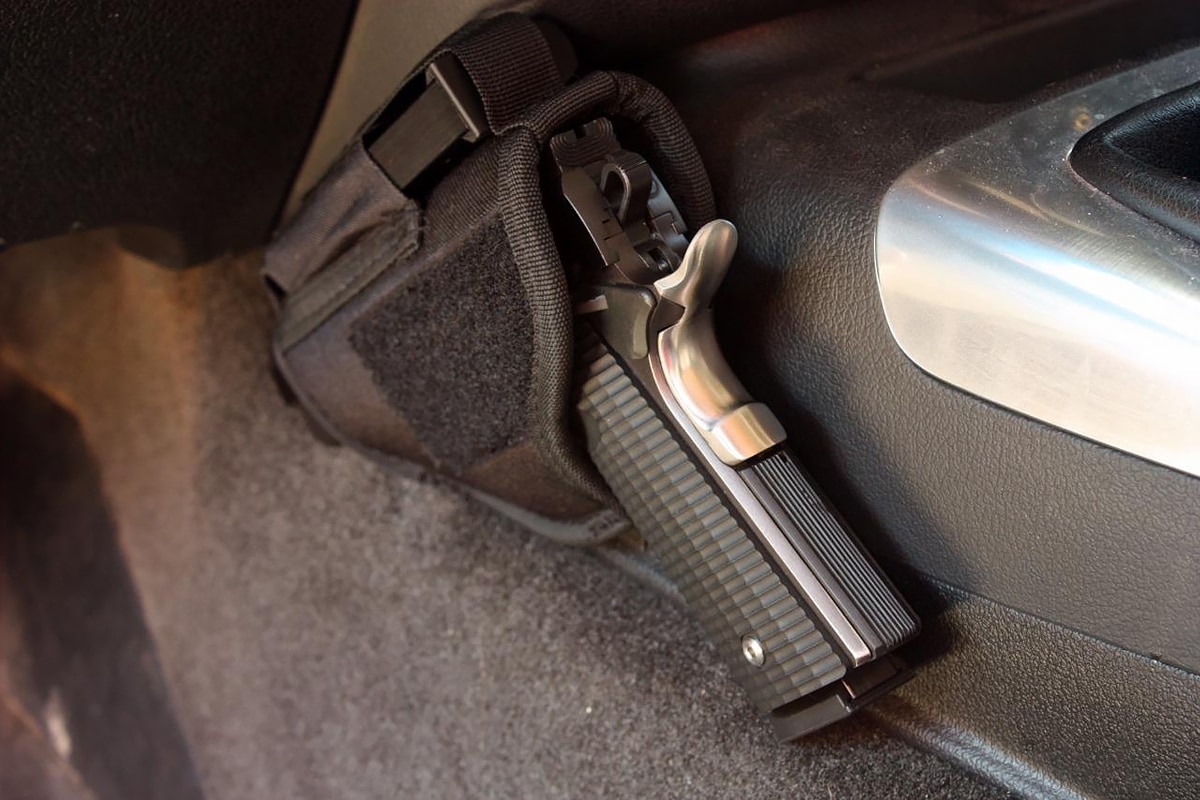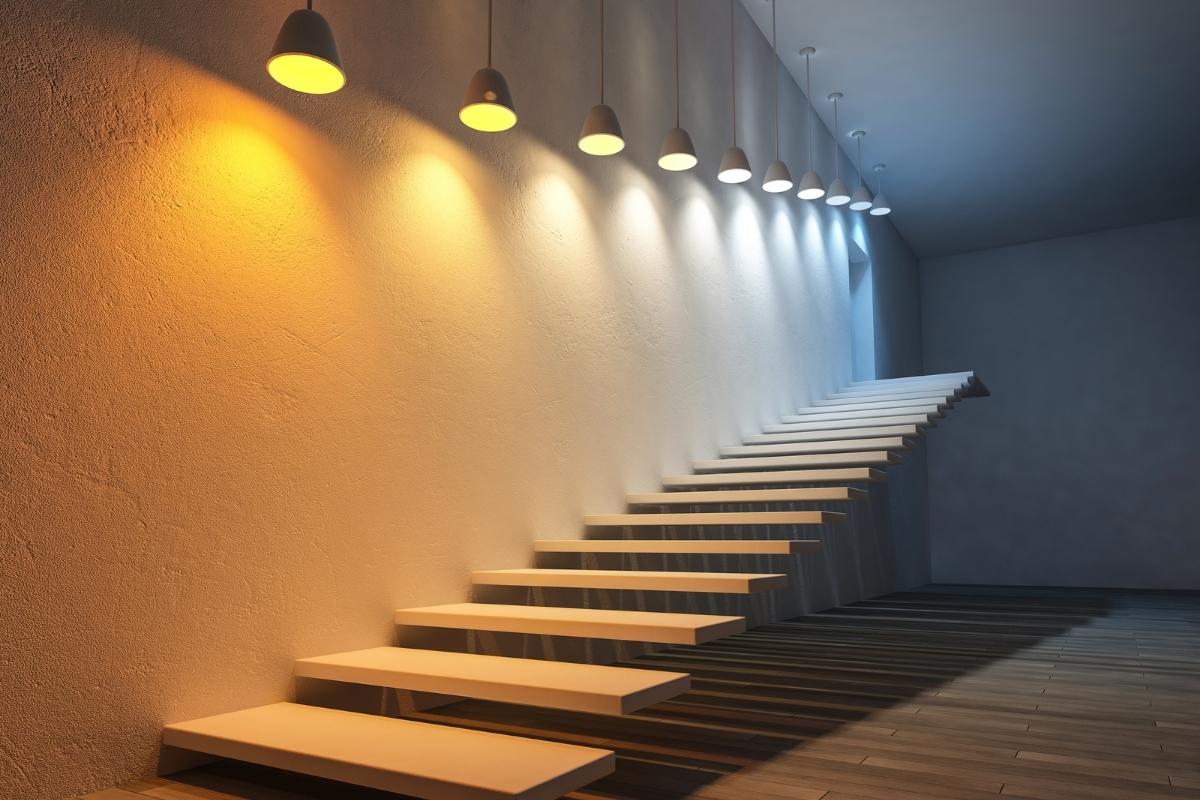There is nothing that tells us it’s spring more than the arrival of birds such as blackbirds and robins. Nearly everyone appreciates the beauty and enjoyment of watching birds feasting on your garden treats. So, what are the best ways of attracting birds to your garden?
Birds not only provide color and beauty to a garden, they also perform important functions such as pest control and plant pollination.
In order to attract birds you need to know what they want from life mainly: food, shelter and water. If you can provide their needs they will come.
Food
Depending on where you live will depend on the type of birds you are likely to attract. If you live in Ontario, you will be very familiar with the Blue Jay, whereas in British Columbia, the Grey Jays and Stellar’s Jay are far more numerous.
Like humans, birds have favorite food types, and each species has its own preferences. Some like seeds, some nuts, some like nectar, and others like insects or fruit. If you are prepared to offer a wide selection of foods, you will be rewarded with a wider selection of birds. It is also worth knowing what food each species feeds to its young, as this can determine if you have nesting birds nearby.
Shrubs and Trees
The type of shrubs and trees you have in your garden will have an impact on the species you attract. If you try to plant those that offer berries, fruit, seeds, and nuts, you will see far more birds than a garden with just one or two tree types. Evergreens are excellent as not only do they offer year-round color for your enjoyment, but they also offer food sources and shelter to birds all year round.
Unless it is unsafe, try to leave any dead wood and trees in your garden as many insects use this as home and thus you will attract more birds. Woodpeckers, nuthatches and chickadees love nothing more than hiding their food in tree bark, so by leaving the odd bit of dead wood about you will be providing a larder for them.
You might also want to provide an area of dead limbs and leaves, such as compost, as this will attract ground-dwelling birds such as towhees and sparrows. These little birds will spend hours rummaging through such areas for insects.
Plants
The type of plants you use is also important. Using wildflowers native to your area is always a good idea, as they will, in turn, attract native birds. Wildflowers will also attract insects, so you will then be appealing to insect-eating birds. Remember that many birds feed on seeds, nuts, etc., as adults feed their young on insects, so having both options in the garden will encourage them to stay nearby and nest.
Flowers such as sunflowers, daisies, and coneflowers can be left to go to seed as the seeds are very attractive to many bird species, such as finches and sparrows. Remember too that they are also very attractive to squirrels and chipmunks, so be prepared to be raided!
Note: With all trees, shrubs and plants it is important to get a mix of conifers, grasses, nectar producing plants, fruiting plants, nut producing plants and evergreens.
If you include mulch or bark chips around your plants and trees, this will encourage insects, too. Birds love to rummage around on this type of surface, digging out tasty treats.
Feeders
Another important step to take in attracting birds is to provide feeders in key locations throughout your garden.
Bird feeders come in many shapes and sizes and can be made squirrel-proof if this is an issue for you. You will find that there are different feeders for different types of food. Some hold seeds and nuts, some fruit, and some will hold suet bars or nectar. Many hold any number of things.
Your feeds should be large enough to hold a good amount of food, as you don’t want to run out filling it up every hour. They should also be sturdy enough to withstand both the weather and the weight of larger birds. They should keep food dry and clean and be easy to refill, look after, and keep clean.
You will want to use several different types of feeders to attract the greatest variety of birds. If you have a small garden that does not allow you to landscape for birds, feeders will be your way of attracting birds to your home. Likewise, if you live in a property without a garden, you might consider using feeders outside your window or on a balcony to attract as many birds as you can.
Tray Feeders
Tray feeders will appeal to many birds. They are basically a raised, flat surface onto which various foods can be placed. Some have a roof to offer protection from the weather, but many are open. This type of feeder should have drainage holes to allow water to escape.
Hopper Feeders
Hopper feeders are basically a box forming an enclosed food hopper. Some have clear fronts so birds can see inside. Most birds will use a hopper feeder and it will also keep food dry and clean.
Window Feeders
Window feeders are useful if you want an “up close and personal” view of your birds. They are clear boxes that attach to a window by way of a suction cup to allow you to see the birds.
Cylinder Feeders
Cylinder feeders are long hollow cylinders which can be filled with food. They can have several feeding holes and perches to allow many birds access at the same time. They can be made from anything from metal, plastic or wood and encourage smaller birds to feed. These feeders are not good at attracting larger birds as they are space restrictive.
Suet Feeders
Suet feeders can be found as individual items or attached to other feeders. They are a mesh cage or bag which holds suet cakes. Woodpeckers, nuthatches, and chickadees will enjoy this type of feeder.
Nectar Feeders
Nectar feeders are plastic containers that hold artificial nectar or sugar solution. They often have red flower-like feeding ports to allow hummingbirds to hover and feed. They should also have bee guards to prevent bees from entering the container. This type of container needs to be cleaned frequently, so make sure it is easy to clean. Some nectar feeders are saucer-shaped, allowing hummingbirds to feed from the top. Nectar feeders should not be placed in direct sunlight, as it will cause the nectar to spoil too quickly.
Shelter
Shelter comes in many forms, both natural and artificial. Birds rely on shelter not only to protect them from the elements and predators but also to provide a secure location to nest and bring up their young. The natural shelter is in trees and shrubs, particularly evergreens, that can offer shelter in the winter months. Dense wooded areas are great for birds as they offer protection from both the elements and predators. By providing different types of foliage you will be providing shelter for many types of birds.
Artificial shelter comes in the form of nesting boxes which can be placed in strategic locations in your garden encouraging birds to nest.
Not all birds will use nest boxes, but species such as chickadees, nuthatches, and woodpeckers may.
The type and location of the nest box are crucial. The entrance size is very important, as a bird will obviously want to be able to enter and exit easily but will not want other birds to get in the box. Another important factor is the actual size of the box. Some birds like a lot of room, while others want a small, cozy space. The height at which the box is placed is also a factor to be considered.
When buying a nesting box, many will have details of the type of bird it is likely to attract and the optimum placement for it.
A Chickadee will like a box that has a hole of 3 cm diameter and the hole should be 15 cm above the bottom of the box. The box should be between 2 and 5 metres above the ground.
A Hairy Woodpecker will require a hole of 4 cm diameter and 25 cm above the bottom of the box. This box should be placed 3 to 5 metres above the ground.
Water
Water is not only used for drinking but also for bathing. Water can be in the form of a pond, stream or an artificial bird bath. If the source is natural make sure it is easily accessible. This might mean adding some stones or rocks for birds to stand on as water more than a few centimeters deep will be off-putting to smaller birds. The water source should also be close to shelter as this will allow the bird to escape any predators.
Bird baths should have a rough surface with sloping sides and a shallow water trough. They should be refilled regularly and kept clean.
Birds love running water, so a fountain or waterfall will be a bonus for them.
As well as bathing in water, birds love to bath in sand or fine soil. If you can provide an area of this type you will find many birds dusting themselves off very happily.
Nesting Materials
In addition to providing the actual nesting boxes for birds, it is also worth trying to provide the nesting materials they will need to make a comfy nest. Again, this will depend on the type of bird, but things such as twigs, leaves, and general garden debris will all be welcomed. We mentioned before the use of an area of dead branches and compost; well, this can also be a good source of nesting products for birds.
Other things to consider providing are straw, string, yarn, dead twigs, feathers, bark and pine needles. Don’t let your household waste go unused either. Things such as animal fur and shredded paper will also be used by birds to make their nests.
Butterflies
As well as attracting many types of birds to your garden, you will also be attracting butterflies.
Butterflies like many of the plants and flowers you will be planting to attract the birds. They particularly like strong-scented plants and brightly colored plants, particularly blue ones.
If you plant your garden with different height border plants butterflies will love to fly between the different blooms. They also need the sun to warm their bodies, so if you place some flat stones in sunny , wind-less spots this will encourage sunbathing butterflies.









